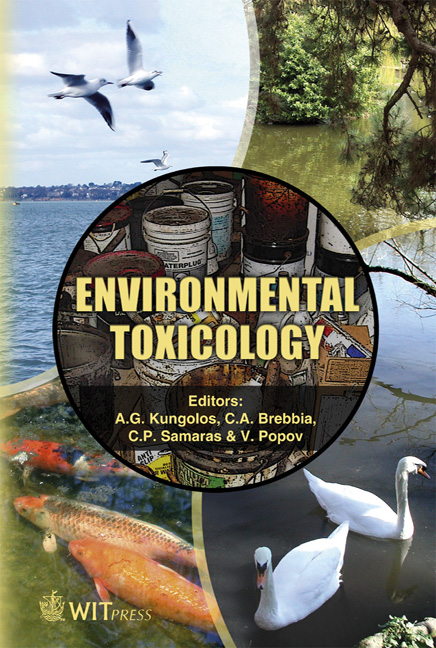Prolactin Levels Are Positively Correlated With Polychlorinated Biphenyls (PCB) In Cord Serum
Price
Free (open access)
Transaction
Volume
10
Pages
8
Published
2006
Size
341 kb
Paper DOI
10.2495/ETOX060211
Copyright
WIT Press
Author(s)
L. Takser, J. Lafond & D. Mergler
Abstract
Polychlorinated biphenyl compounds (PCB) are global environmental contaminants that cause the disruption of endocrine and nervous systems in animals and humans. However, little evidence exists showing their potential interference with nervous system development following in utero exposure to low PCB levels. The aim of this study is to examine cord serum prolactin (PRL) levels in relation to cord blood concentrations of 14 PCB congeners in healthy women recruited during pregnancy. Our results showed a significant increase of cord serum PRL with an increasing level of PCB-153, the most prevalent PCB congener. Thus, knowing that PRL release is under inhibitory dopamine regulation, our results suggest that low level exposure to a mixture of persistent environmental contaminants could interfere with dopaminergic transmission in the fetal brain. Keywords: PCB, prolactin, cord blood, environment. 1 Introduction PCB are global pollutants characterized by their resistance to metabolic degradation, their persistence contributes to their accumulation at the top of food chain. Potential mechanisms underlying PCB-induced developmental neurotoxicity are still unclear, but significant effects on dopamine metabolism and thyroid function have been reported [1, 2]. In vitro studies suggest that signal transduction pathways can be disrupted by PCB [3]. Recently, an interaction of
Keywords
PCB, prolactin, cord blood, environment.





